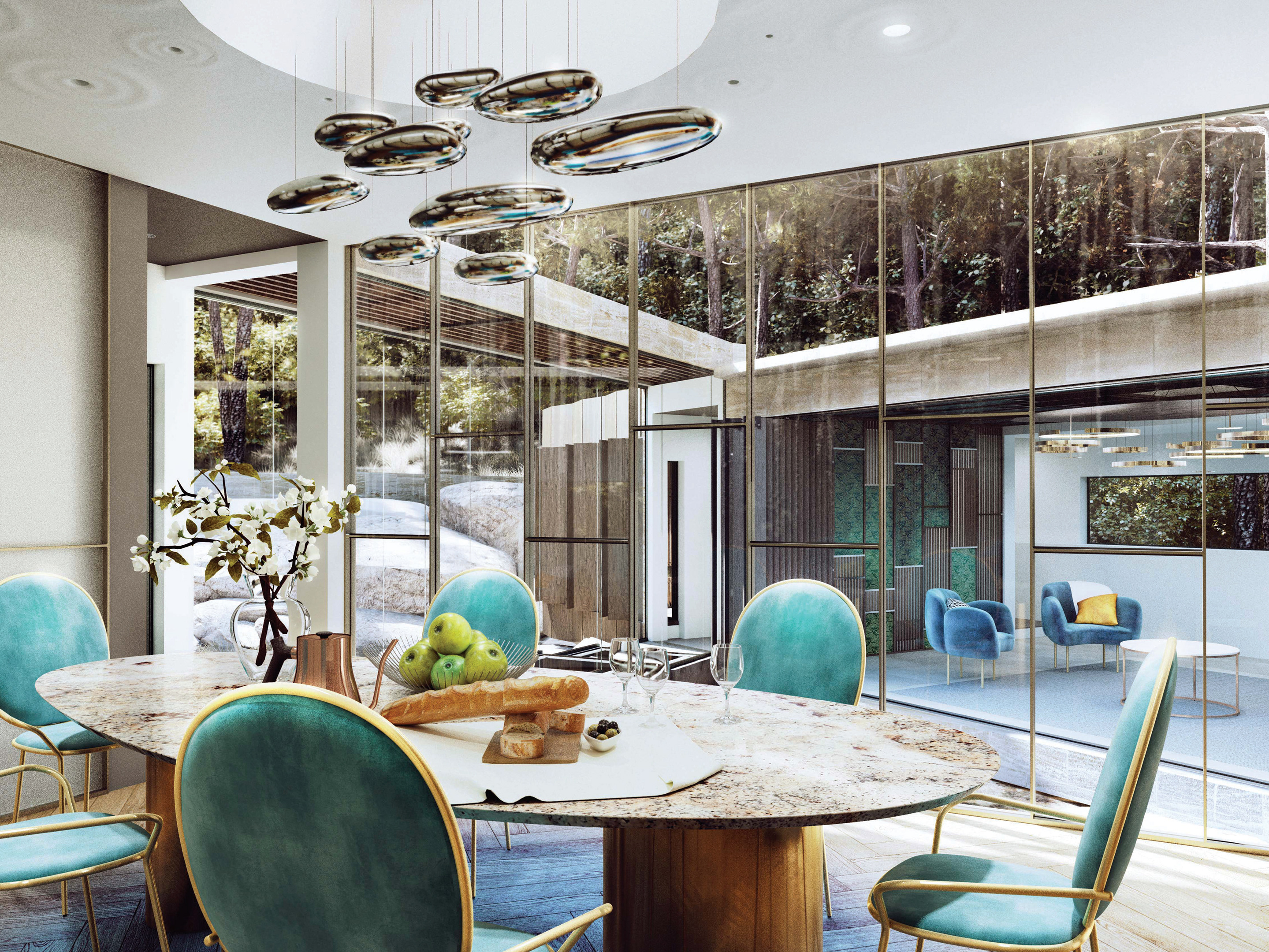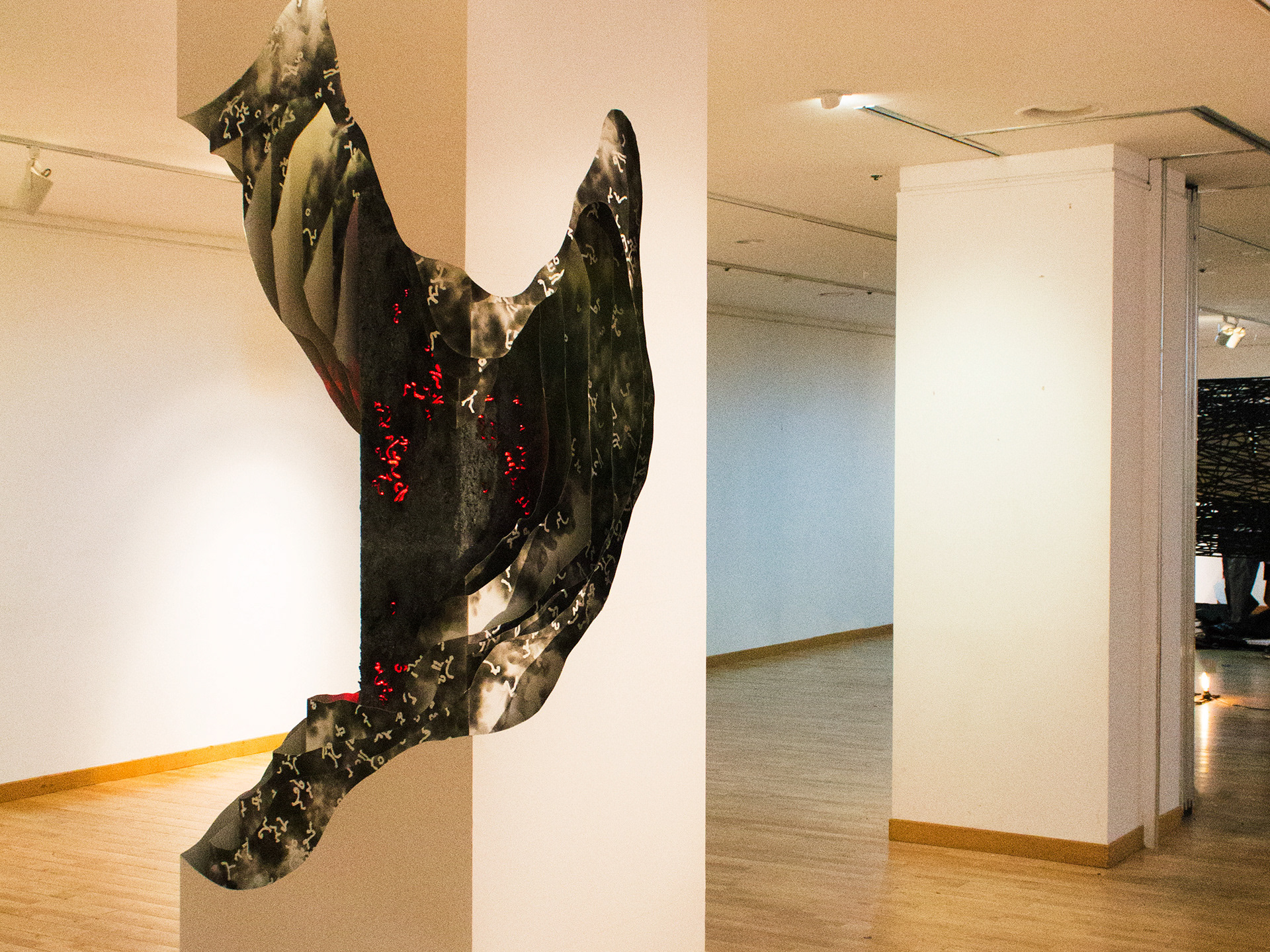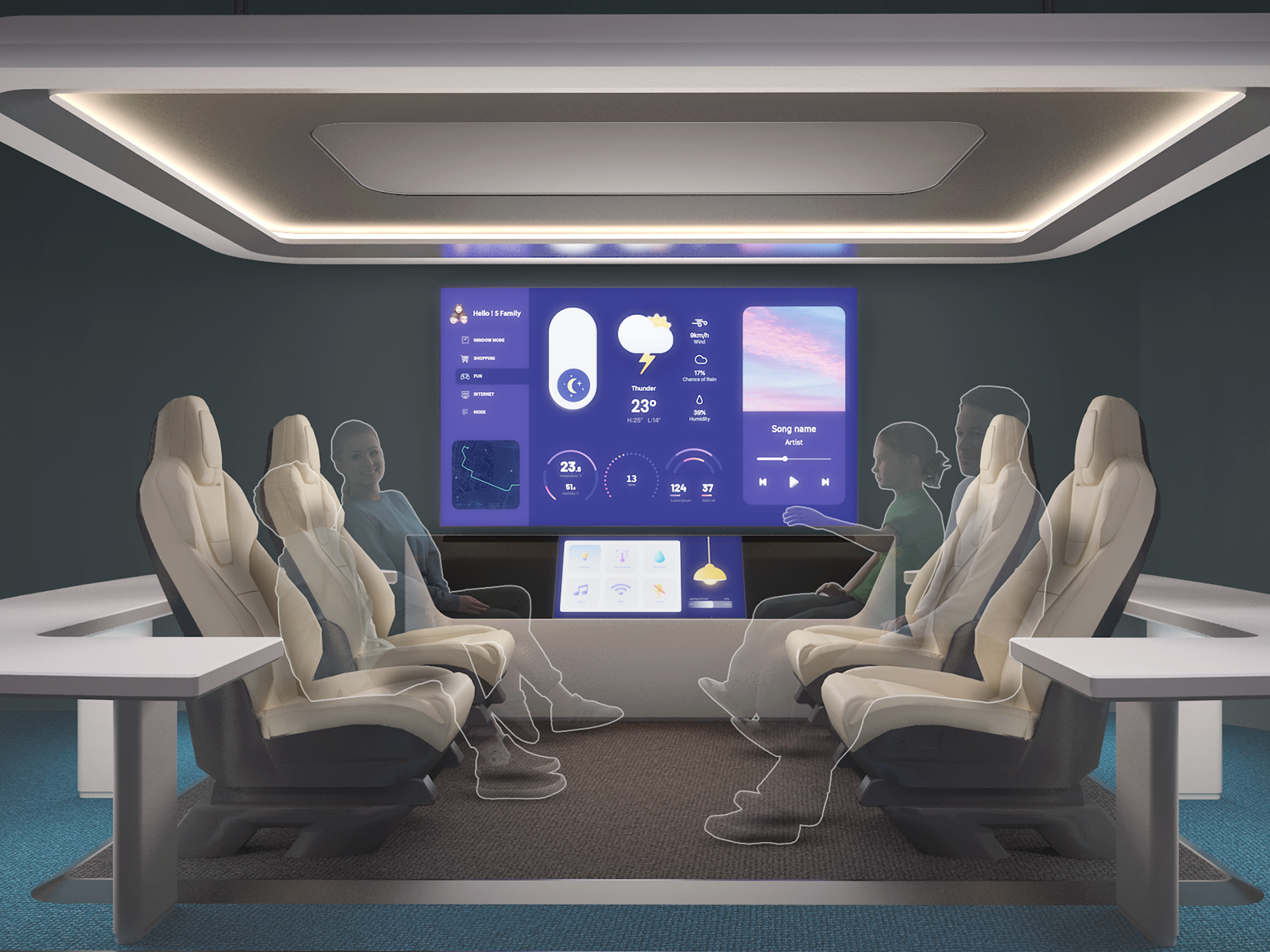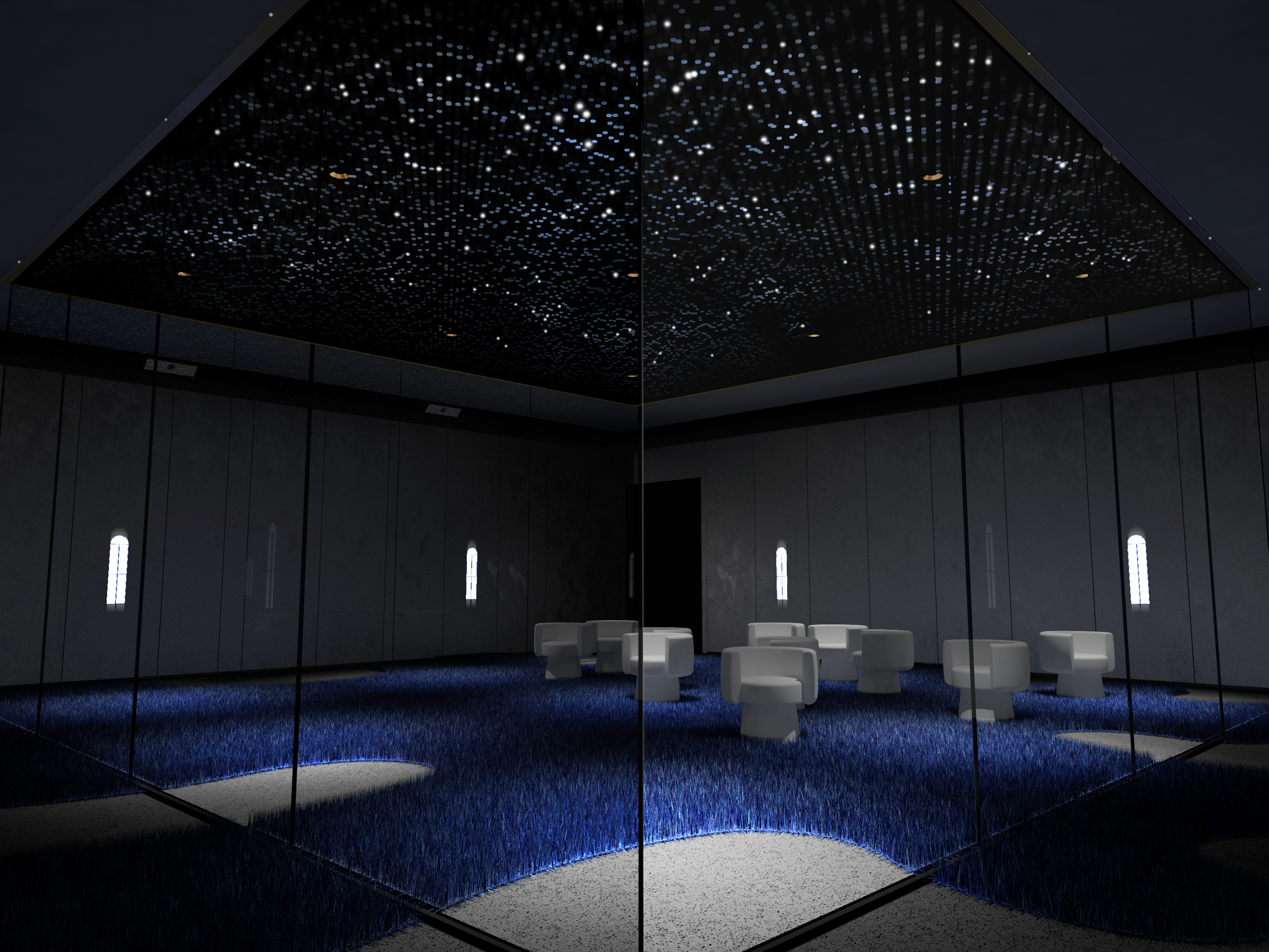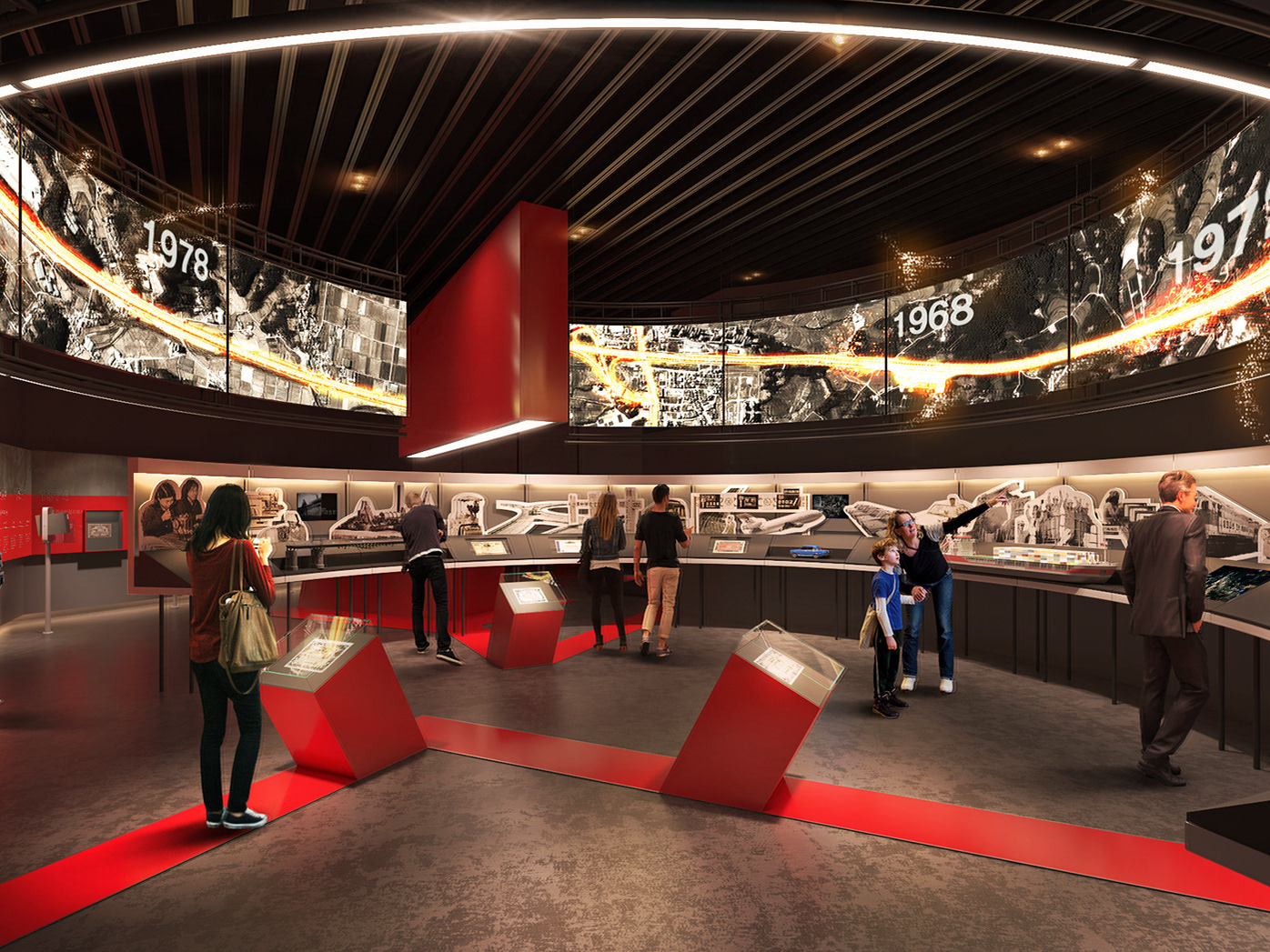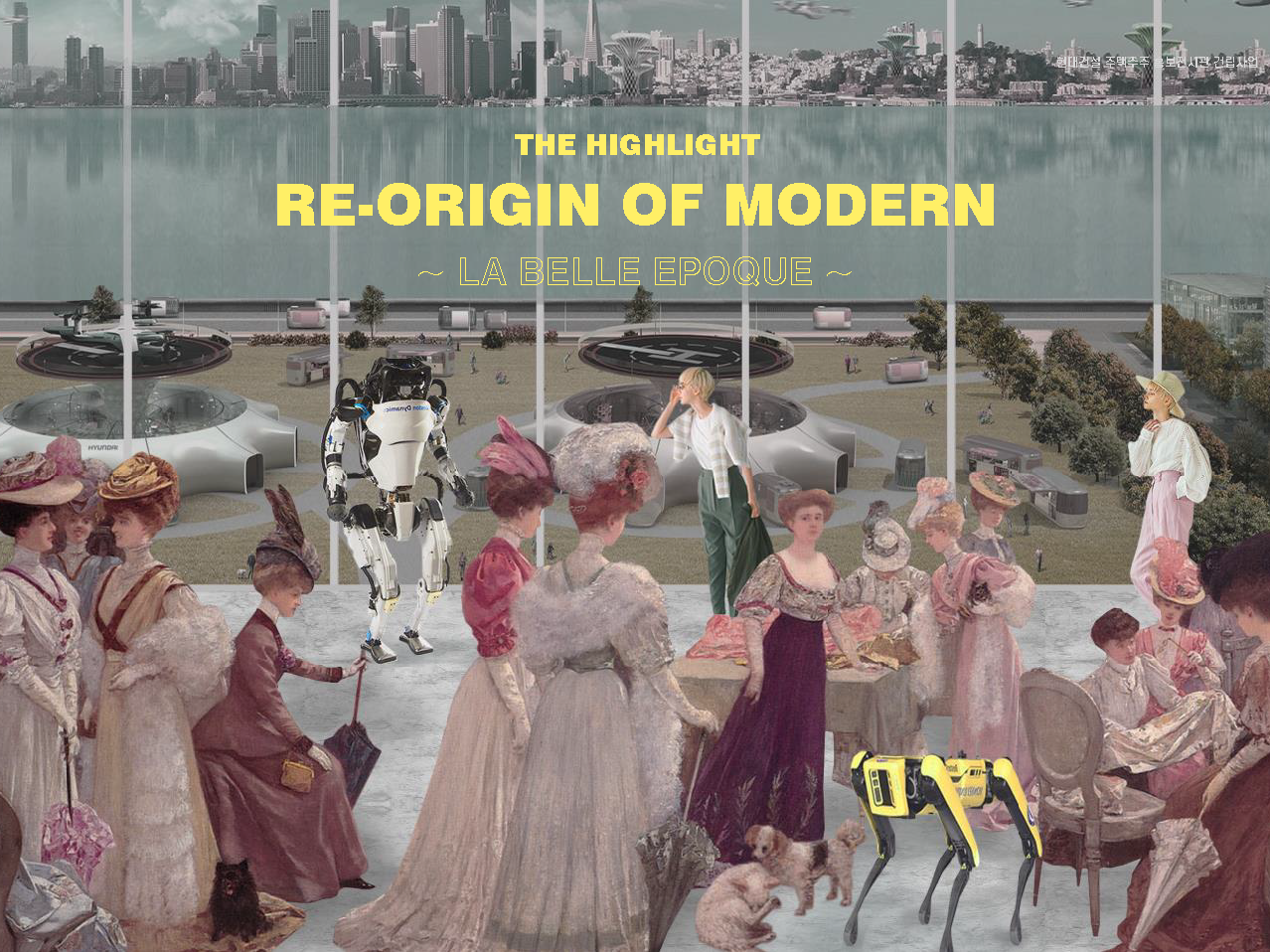A Generative Model of Spatial Experience Products(Ver. 1. 1)
In this model, the 'Spatial Experience Product' is a system in which components collaborate around specific values that the supplier intends to convey. This value is the fundamental principle and driving force shaping the entire system.
The system consists of three essential components: 'Facility,' 'Content,' and 'Human Resources.' Each component must interact with the others to form a cohesive system. This unique form of interaction is termed 'Setting,' 'Service,' and 'Operation.'
'Space' is not a component of the system but rather the manner in which the components interact. In this context, all the mentioned forms – Setting, Services, and Operation – jointly establish the system of spatial experience, based on their spatial relationship.
At the outermost part of the system are the interfaces of the product, directed towards users.
A Model of Experience Formation Process(Ver. 2. 1)
This diagram illustrates the process through which user-product interaction generates the user's experience. This process unfolds in five phases, demonstrating the collaboration of a person's intelligence and sensitivity. The model conceptualizes the human mind as possessing two distinct faculties: intelligence and sensitivity. It's crucial to remember this distinction.
Additionally, the term 'process' should be kept in mind, as derived from A.N. Whitehead’s <Process and Reality>. Whitehead describes the manner in which a person comprehends the world as a process. He clarifies that this is not a time-bound process, but rather occurs instantaneously. Thus, we should view 'process' merely as a useful model for understanding the enigmatic workings of our mind.
Phase 1
In this initial phase, a user physically interacts with a product via sensations. All interactions are mediated through these sensations.
Phase 2
Sensory stimuli trigger the user’s perception. This phase captures affordance and mood through intelligence and sensitivity, respectively. This model implies dual aspects of perception: intellectual and sensitive.
Phase 3
Perception then leads to meta-cognition, a reflective cognition about one’s memories. Consequently, knowledge and emotions, pre-existing before product interaction, are brought to the forefront of the user’s consciousness.
Phase 4
Affordance and knowledge merge to create 'knowing', while mood and emotion combine to form 'feeling'. This culminates in the user’s integral cognition.
Phase 5
If this cognition is deemed meaningful, it is integrated into the product experience and retained in the user's memory. This judgment is inherently subjective, being based on the user’s personal values.
A Model of Experience Formation Process : Interaction Sequence
This diagram illustrates a series of interactions between a person and an object, with the object being termed a 'product' to align with the goal of developing a commercial design process. In this context, the product is defined as a 'system', an assembly of 'components' specifically designed to create positive experiences for customers. Among these components, the parts that directly engage with a person's sensations are referred to as 'interfaces.'
Every interaction, whether brief or prolonged, can be termed an 'event', influenced by the dimension of time. Time, in fact, is a fundamental element in all interactions or events. During each event, a person's intellect and sensations are rapidly engaged: they perceive the object, understand it, and ascribe meanings to it, thereby forming experiences. Consequently, a person's experience is crafted as a series of successive, interconnected memories.
Diagrams & Writing / Seuhyun Oh

